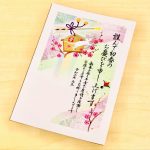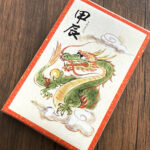What is the Meaning of Shachihoko of Japanese Castle? What for?
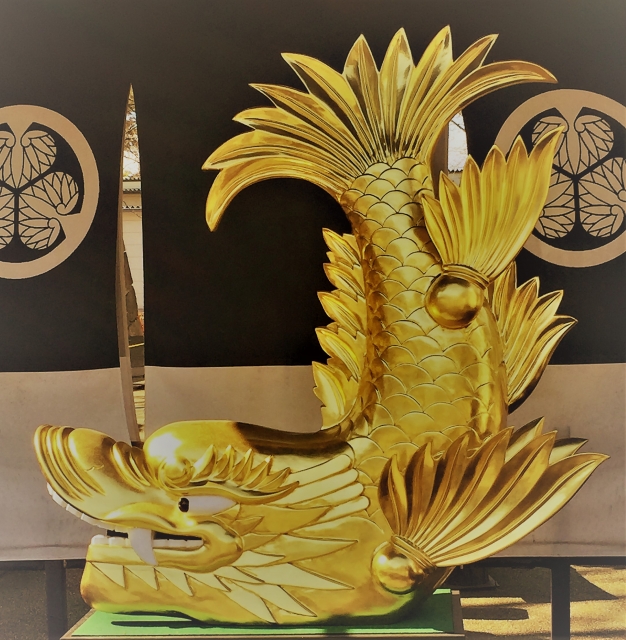
Have you ever seen fish-like statue on the top of Japanese castles or old houses?
That is called Shachihoko.
But what is is for?
Here I introduce you the meaning and history of Shachihoko.
Meaning of Japanese Shachihoko
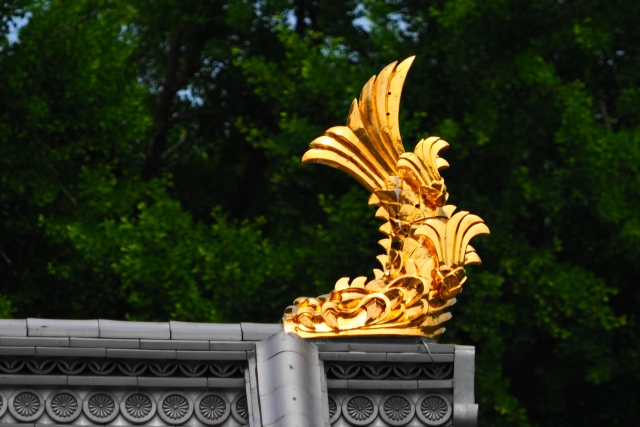
Shachi is an imaginary creature originally made in China in 14th century.
Well, if we date back, the very origin is actually an imaginary monster called Makara which is said to have been living in water in India.
This Makara was introduced to China and used as a decoration on roof in the period of Western Xia Dynasty.
The appearance of Shachi in China was said to have been looked like a fish and tiger.
It is also said to represent a carp on its way up a waterfall to transform into a dragon.
For Japanese Shachi, we use 鯱 (One word).
In the Edo period, 魚虎 (Two words) was originally used.
As you can see left side of the Kanji is 魚 (さかな) which means fish and right side is 虎 (とら) which means tiger.
This Kanji 鯱 is used only in Japan.
Confusing point of it is we also call killer whale Shachi.
Same Kanji 鯱 is used and usually written シャチ in Katakana.
But this 鯱(シャチ), I mean this killer whale, is nothing to do with Shachi in Shachihoko.
The head of Shachi is dragon or tiger and the body is fish.
It has fangs as well.
Shachihoko is made from two words; Shachi and Hoko.
Shachi was an imaginary creature in China but what is Hoko?
Hoko is long-handled Chinese spear and written 鉾(ほこ) in Japanese.
Why does Hoko come in suddenly?
Because the tail stuck up to the heavens like Hoko.
Combination of Shachi and Hoko created Shachihoko in Japan.
What is Shachihoko for?
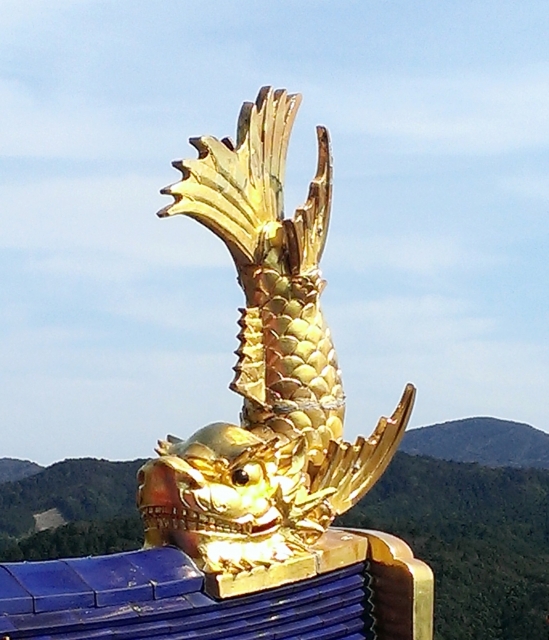
What was Shachihoko for?
In the old day, in the period Samurai still existed, Japanese houses were mainly made of woods.
So fire was a great disaster at the time.
Legend had it that in the event of a fire, Shachi would pour water from his mouth to put out the fire.
So they placed Shachihoko on the roof of important buildings such as temples and castles as a deity who protects against fire.
Shachihoko was a gardian deity against fire.
History of Shachihoko
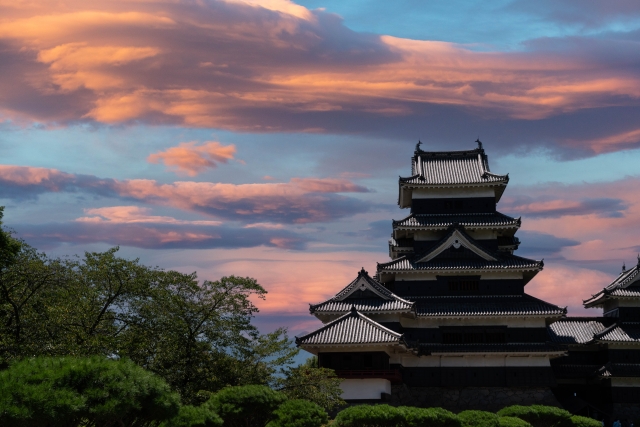
Here I’d like to follow the history of Shachihoko from the beginning.
It starts from Azuchi Castle by Nobunaga Oda and succeeded to Osaka Castle by Hideyoshi Toyotomi.
In the end, Golden Shachihoko appears in Nagoya Castle by Ieyasu Tokugawa.
They are also the three great warlords of Japan who aimed to unify the country.
First Shachihoko appears in Azuchi Castle By Nobunaga Oda
First Shachihoko appeared in Azuchi Castle found in 1579.
Technically speaking, Shachihoko was used before this castle for temples but not for castle.
First castle used Shachihoko was Azuchi Castle and Nobunaga Oda was the owner.
He was the powerful Shogun and adored Chinese culture.
Chinese palace at the time had dragon head on the roof.
Instead of introducing this dragon head directly into his castle, he used an imaginary creature Shachi, rumor says.
By the way, Shachihoko in this Azuchi-Momoyama Period (1573-1603) was all made of tile, not all golden Shachihoko you might imagine.
Inside was hallow to reduce the weight.
Still, gold leaf tile which is called Kinpaku Kawara (金箔瓦) in Japanese was used.
Oda Nobunaga didn’t allow to use this Kinpaku Kawara except for he himself and his son.
It was such a rare ingredients that Kinpaku Kawara was used only for the eyes, fangs, front teeth and fins.
This Azuchi Castle was burned down in 3 years after the foundation when Nobunaga Oda was killed in what is called Honnoji Incident.
Second Shachihoko Appears in Osaka Castle by Hideyoshi Toyotomi
His will was succeeded to Hideyoshi Toyotomi.
The relationship of Noubanaga Oda and Hideyoshi Toyotomi was shogun and his retainer.
Noubunaga evaluated Hideyoshi highly and Hideyoshi respected him so much that he imitated Azuchi Castle when he found his castle Osaka Castle in 1585.
Of course, Shachihoko was installed to the castle.
He also used gold leaf tiles and that meant he was the real successor of Nobunaga Oda.
He wanted to show that he was being the successor to all the other Daimyo and people by using gold leaf tile.
Golden Shachihoko Appear in Nagoya Castle By Ieyasu Tokugawa
Nagoya Castle was found in 1610 by the order of Ieyasu Tokugawa.
And it was a high-end Shachihoko with a wooden core to which metal plates of copper, bronze, gold, etc. are affixed.
It was durable and could use longer than the previous ones made of wood and gold leaf.
The total weight of gold used was about 215 kg, which translates to approximately $8028660 (1205.6 million yen) in terms of the current value of gold.
This Golden Shachihoko stood out at the time and attracted people in those days.
Summary
Shachi of Shachihoko was an imaginary creature originally introduced from India to China and to Japan.
It could pour water from its mouth that Shachihoko was placed as a guardian deity on the roof in the period fire could cause serious damages to the buildings made of mainly woods.
Original Shachihoko in Azuchi Castle was not made of gold but used wood and gold leaf tile called Kinpaku Kawara.
In 1600s, Shachihoko using real gold started to appear and Nagoya Castle made by Ieyasu Tokugawa became most famous.
Sadly, almost no Shachihoko in perfect condition exist anymore now.
Fire and war destroyed Shachihoko.
Most of them including Nagoya Castle’s we can see today are recreation.
Still, as a symbol, Shachihoko exists throughout the ages.

